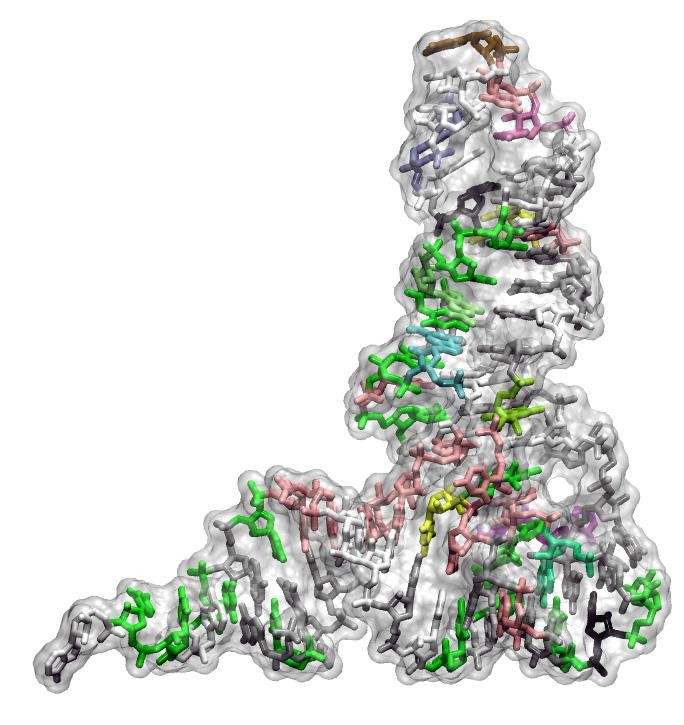Genetic Code Evolution Limit Discovered
|
The origin and expansion of the genetic code is the basis for explaining the evolution of life. In Science Advances, a team of biologists specializing in this area explain a limitation that halts further development of the genetic code, the universal set of rules that all organisms use to translate DNA and RNA into the amino acid sequences that comprise the proteins responsible for cell functions.
The team of scientists – headed by Lluís Ribas de Pouplana at the Institute for Research in Biomedicine (IRB Barcelona), Fyodor A. Kondrashov at the Centre for Genomic Regulation, and Modesto Orozco from IRB Barcelona – have shown that the genetic code evolved to include a maximum of 20 amino acids. It was then unable to grow further because of a functional limitation of transfer RNA (tRNA), the molecules that serve as interpreters between the language of genes and that of proteins. This halt in the increase in the complexity of life happened more than 3,000 million years ago, before the separate evolution of bacteria, eukaryotes and archaebacteria, as all organisms use the same code to produce proteins from genetic information. Shape limitation tRNAs are the molecules responsible for recognizing genetic information and carrying the corresponding amino acid to the ribosome. At the ribosome, a chain of amino acids is made into proteins according to the information encoded in a given gene. The cavity of the ribosome where tRNAs have to fit requires that these molecules have to adopt an L-shape with little possibility of variation between them. |
 |
|
This machinery that translates genes into proteins is unable to recognize more than 20 amino acids. It would confuse them, leading to constant mutations in proteins and an incorrect translation of genetic information “with catastrophic consequences”, said Dr. Ribas in a press release. “Protein synthesis based on the genetic code is the decisive feature of biological systems and it is crucial to ensure faithful translation of information,” he added. “It would have been to the system’s benefit to have made new amino acids because, in fact, we use more than the 20 amino acids we have, but the additional ones are incorporated through very complicated pathways that are not connected to the genetic code,” Dr. Ribas said. “And there came a point when Nature was unable to create new tRNAs that differed sufficiently from those already available without causing a problem with the identification of the correct amino acid. And this happened when 20 amino acids were reached.” Do you work in this area of research? Check out our related reagents for studying gene expression, including:
|



